In 2023, Charlie Kirk made an infamous quote on gun violence: “I think it’s worth it to have a cost of, unfortunately, some gun deaths every single year so that we can have the Second Amendment.” Kirk’s take on gun violence suggests that preserving the Right to Bear Arms is essential, operating under the idea that “good guys with better guns” will somehow save the day every time.
Kirk’s analysis is not rare throughout the conservative space. In fact, a common sentiment echoed by Second Amendment activists like him is that, “It’s not the guns that do the shootings, it’s the people”. While I don’t agree with what the assertion is insinuating, it is undeniable that the statement holds merit. What gives the belief value lies in what is implied by ‘the people’. For those fighting against gun control, ‘the people’, represents a group of criminals who are inherently violent and cannot be helped. It plays on one of the 14 Points of Fascism; the good, familiar in-group, versus the objectively bad out-group.
What ‘the people’ are, in actuality, are everyday individuals who have been driven to violence as a result of alienation and inequity. Under the Grandview Chronicle’s Instagram post regarding the gun violence walkout on September 5th, a user wrote to us: “You guys may care about safety but you don’t understand that banning guns isn’t the way to safety. In fact we should hire more armed guards…Fact is [if] everyone had a gun no one would attack a school.” This user’s stance parallels that of Charlie Kirk- saviors with bigger guns will protect everybody. Their stance is not unique nor is it fruitless; it is the reasoning behind why police departments continue to gain consistent funding. That mentality, though, is actually detrimental to the safety of American citizens. Historically police presence has not been shown to reduce actions of violence. As largely reactionary forces, they respond and escalate after crimes occur rather than preventing them beforehand.In a study in the Journal of Public Economics, scientists in Minneapolis stated, “police shootings are found to be followed by an increase in crime incidence as measured by ShotSpotter[a security app that detects gunshots].” Evidently, this study underscores that relying on armed authority is, in reality, counterproductive. Rather than serving as a visual deterrent, the presence of heavily armed police escalates feelings of tension and distrust, ultimately leading to an increase in violence. Particularly, it is important to note that police have historically concentrated their brutality in marginalized communities. Rather than addressing the root of the problem: poverty, alienation, and a lack of access to resources, these increased forms of police presence lead to a feeling of criminalization. For students who already struggle with police omnipotence throughout their communities, they do not need an increase of officers within the school, much less the implication of other students or teachers with weapons.
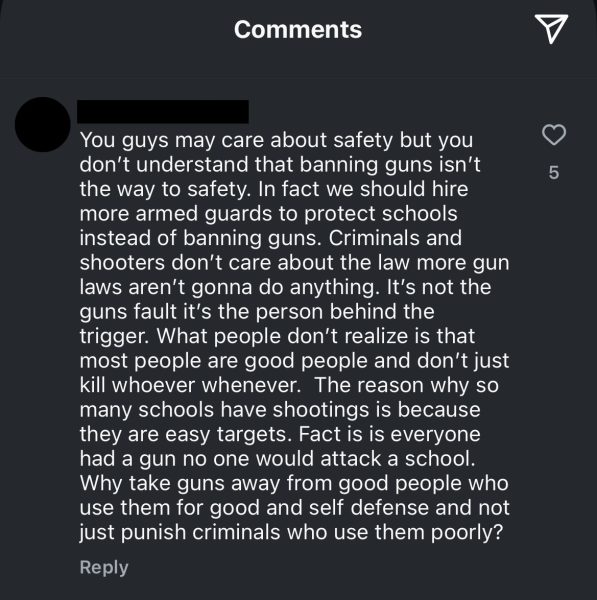
By focusing on policing and guns as isolated solutions, society is ultimately overlooking the structural forces that drive people toward violence. Alienation, vast wealth gaps, and other symptoms of capitalism also breed an environment where extremist ideologies are, both metaphorically and literally, armed .
A 2019 Secret Service Threat Assessment Report named online misogyny and the “manosphere” as concerning and growing sources of radicalization for violent acts. The “manosphere” is a movement centered around “incels”, a term the Secret Service defines as “those who are involuntarily celibate, are mostly heterosexual males who view themselves as undesirable to females and therefore unable to establish romantic or sexual relationships, to which they feel entitled.” However pathetic, the ‘incel movement’ is a reflection of the isolation that is caused by America’s usage of capitalism. Not only are men encouraged to commodify themselves through dating apps or establishing themselves as “high-value”, but jobs in a capitalist society are low-wage, precarious, and meaningless. For men socialized to believe their value is tied to being a “provider”, their lack of money is perceived as a lack of masculinity. As a result of this isolation and false promises, ‘incels’ turn to violence.
In the Nashville shooting that took place on January 23rd of this year, a 17-year-old student began to fire in the cafeteria of Antioch High School before taking his own life. The shooter, Solomon Henderson, left behind a vast portfolio of online profiles and statements behind his actions. ABC News described the posts as “[expressing] violent hatred … Henderson appeared to support neo-Nazi accelerationist and violent incel beliefs.” Henderson’s ‘incel’ inspired actions are not irregular.
In 2023, a shooter in Plymouth killed five people including a mother and daughter before turning the shotgun on himself. Dominic Adam KC, a representative of one of the families torn apart by the act of violence stated, “‘ [The shooter] had explored on numerous occasions mass killings and referred to people idolised in the incel community for perpetrating mass killings.’”
In 2018, a man in a rented van rammed through the streets of Toronto, killing 11 people and injuring another 15. The Centre for Emerging Technology and Security added “the perpetrator of the 2018 Toronto van attack explicitly referenced Elliot Rodger and incel ideology in his social media posts related to the attack.” Following the attack, the perpetrator Alek Minassian pleaded not criminally responsible due to mental illness.
The underlying pattern throughout all of these acts of violence is evident: they are not merely the result of “bad people” having access to deadly weapons, but of a society that isolates, commodifies, and dehumanizes its citizens. These feelings of alienation create constant pressure to prove one’s value, creating fertile ground for frustration and rage to manifest itself violently. In this context of American embodiment, guns do not create violence so much as they serve as a cultural pressure valve for the stresses society has produced.
For those seeking real safety, like the students standing in front of the school earlier this month, focusing solely on banning guns is a distraction from the deeper issue. It is yet another culture war, which serves to distract from true action. Structural problems, like inequitable access to healthcare, poor mental health resources, and communities encircled by police drive significantly more harm than a law or policy can fix. Historically, movements for liberation and resistance have recognized that tools, including firearms, are central to transforming systems that oppress communities into ones that protect them. Until the foundations of capitalism are challenged, attempts to disarm the oppressed are as futile as breaking a thermometer to stop a fever.
By shifting the conversation from the guns themselves to the conditions that produce violence, only then can we begin to imagine solutions that address alienation, inequality, and disempowerment. These factors represent the true epitome of America’s dangerous society: economic structures that make people feel isolated, powerless, and desperate.



![A Vest Won’t Protect You [OPINION]](https://ghschronicle.com/wp-content/uploads/2025/09/KoltonZuckerVestPosterOffWhite.png)
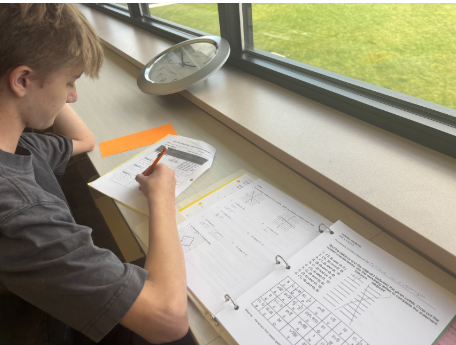
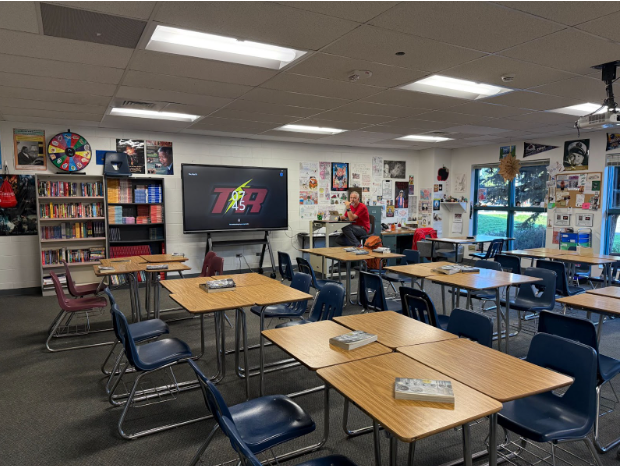
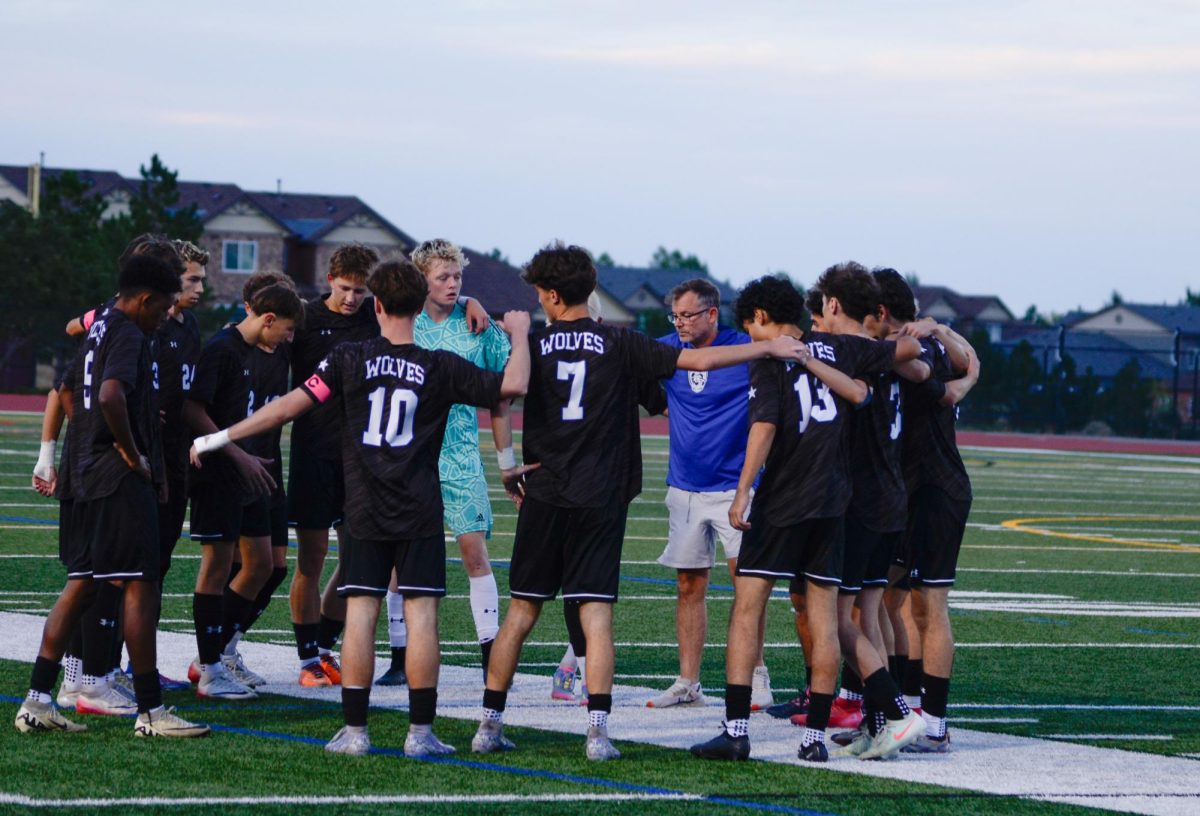
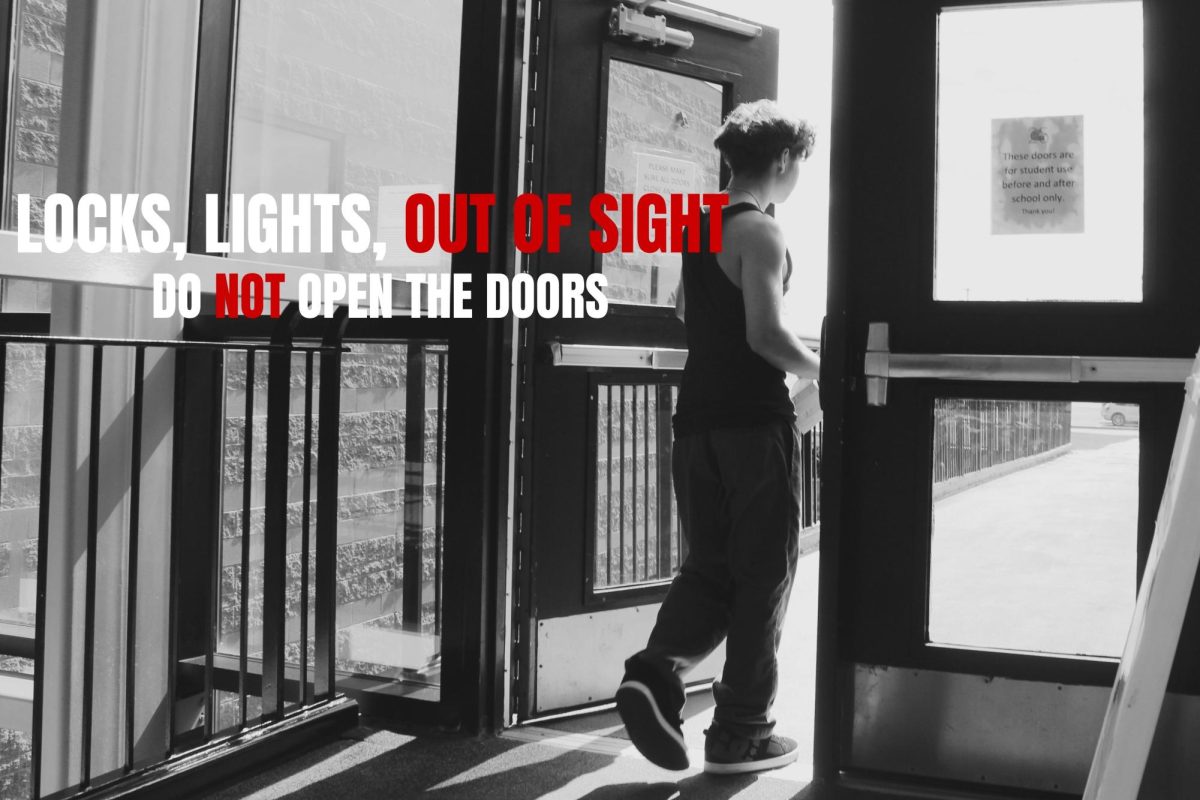
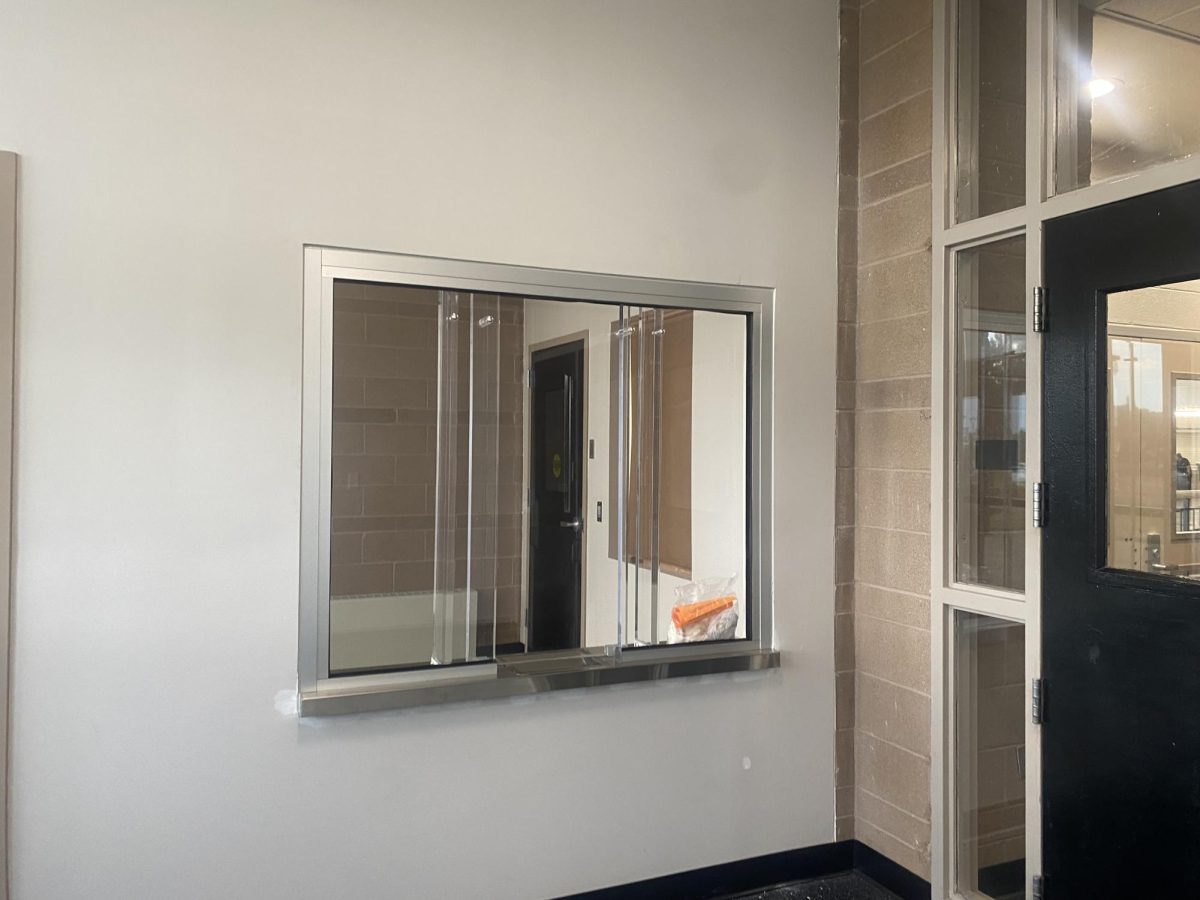
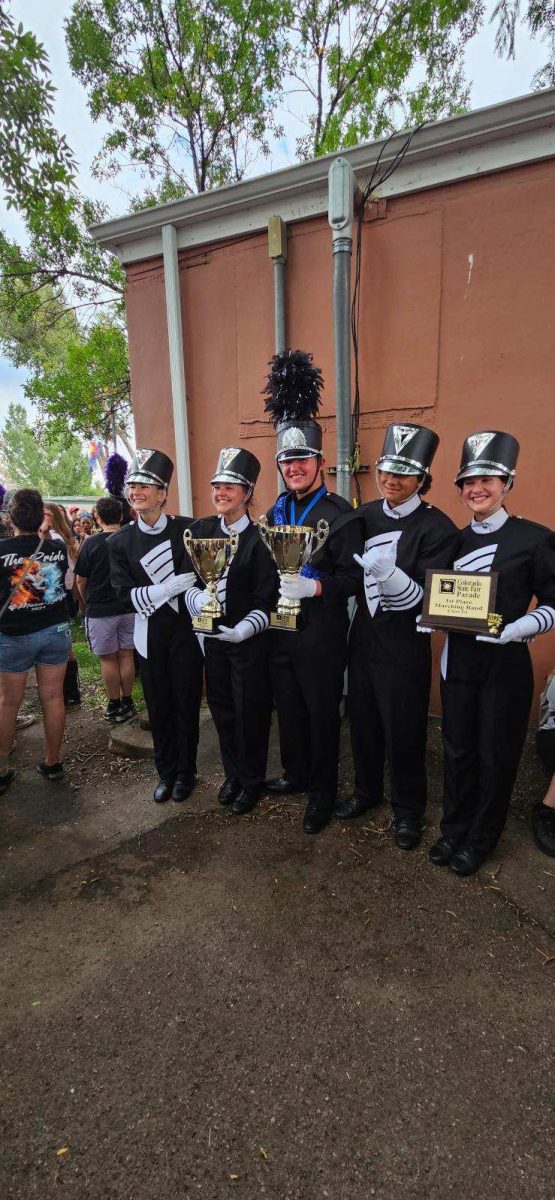
![Executive Order: Ending Radical Indoctrination in K-12 Schooling [OPINION]](https://ghschronicle.com/wp-content/uploads/2025/04/Screenshot-2025-04-23-at-2.51.41 PM-1200x674.png)
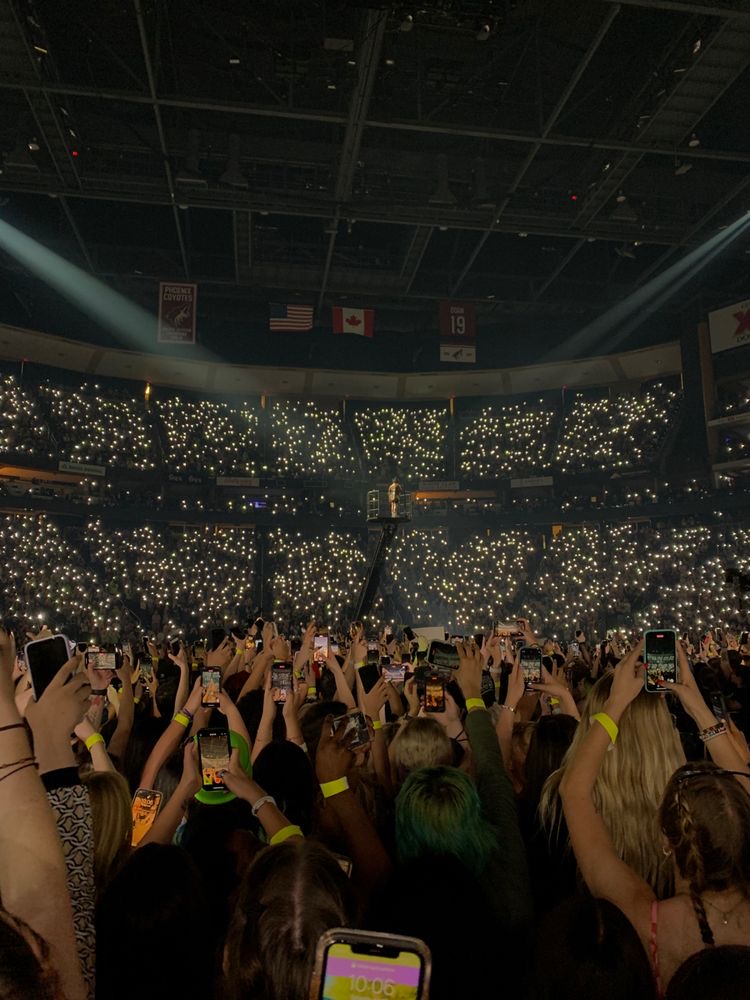
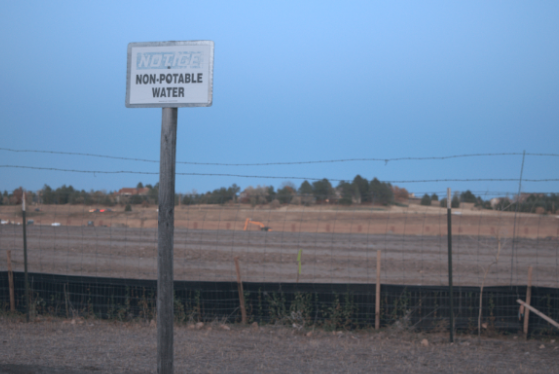

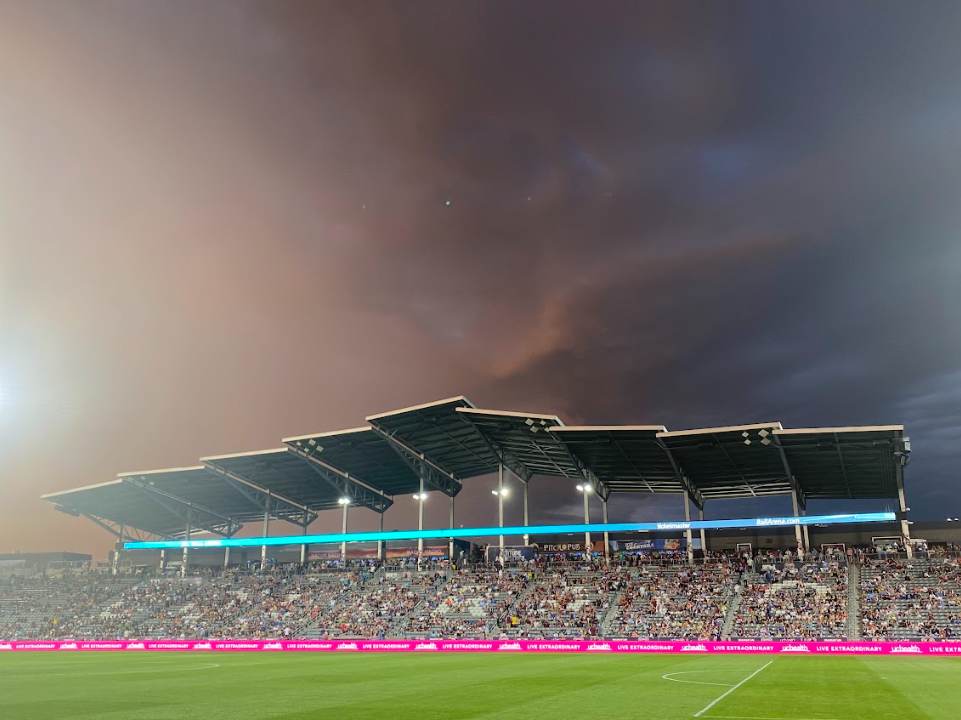

Erin Mack Trapanese • Sep 22, 2025 at 7:47 pm
So well written. Of course it’s the guns, but the deeper look into the intersection of guns and those who leverage them for harm is compelling.